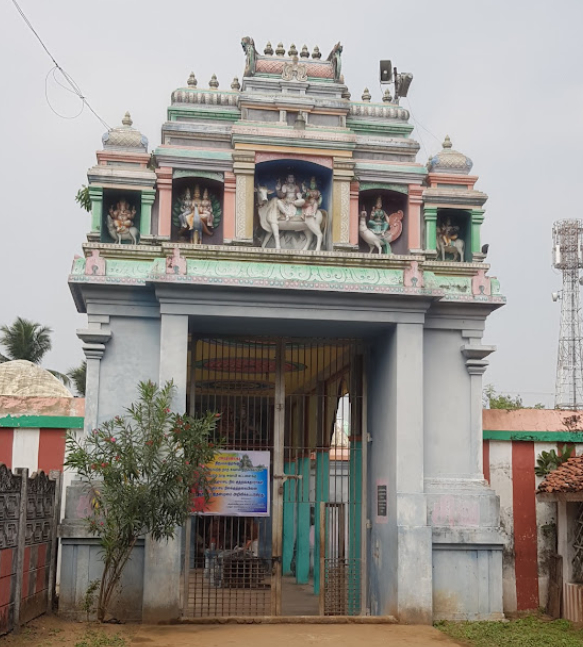Origin/History :-
- The original temple is believed to have been established before the 7th century, attributed to the influence of early Saivite saints, particularly Thirunavukkarasu Swamigal, who sung hymns in praise of Lord Shiva.
- The temple was reconstructed as a stone temple during the Chozha period, though the specific builder is not mentioned in historical records.
- It underwent further expansions during the Thanjavur Nayakas period, indicating continued patronage and development.
- The Nattukottai Nagarathars also contributed to the temple's enhancements over time.
- Inscriptions from Chozha King Rajarajan-III provide evidence of royal patronage, though the original builders remain undocumented in historical texts. The inscriptions detail land endowments made by various individuals during his reign.
Puranic Significance :-
About a thousand years ago, the region thrived in trade, particularly in the export of pepper and the import of horses from Arab countries. One day, a merchant was transporting bags of pepper for export when he learned of a nearby toll booth that levied customs duty on pepper. Realising that paying the duty would leave him without profit, he felt despondent.
In his desperation, the devoted merchant prayed to Lord Shiva, expressing that he would be devastated if he had to pay the customs duty. He asked the Lord to transform his bags of pepper into bags of pulses (lentils) until he passed through the toll booth. After his prayer, he fell asleep.
That night, the Lord heeded the merchant's request and changed the pepper bundles into lentil bundles. In a dream, the merchant received a message from the Lord, declaring that he had been transformed into lentils. When dawn broke, the merchant, feeling hopeful, resumed his journey towards Nagapattinam.
As he approached the customs checkpoint, the officials inspected his packages. Noticing they contained lentils, they allowed him to pass without levying any taxes. Once he had successfully crossed the customs, the lentil bundles miraculously transformed back into bags of pepper.
Overjoyed, the merchant sold the pepper and dedicated all his earnings to the service of Lord Shiva, ultimately attaining divine grace. This event is why the place is called "Thirupatundur," and the Lord is known as "Thirupatundunath."
